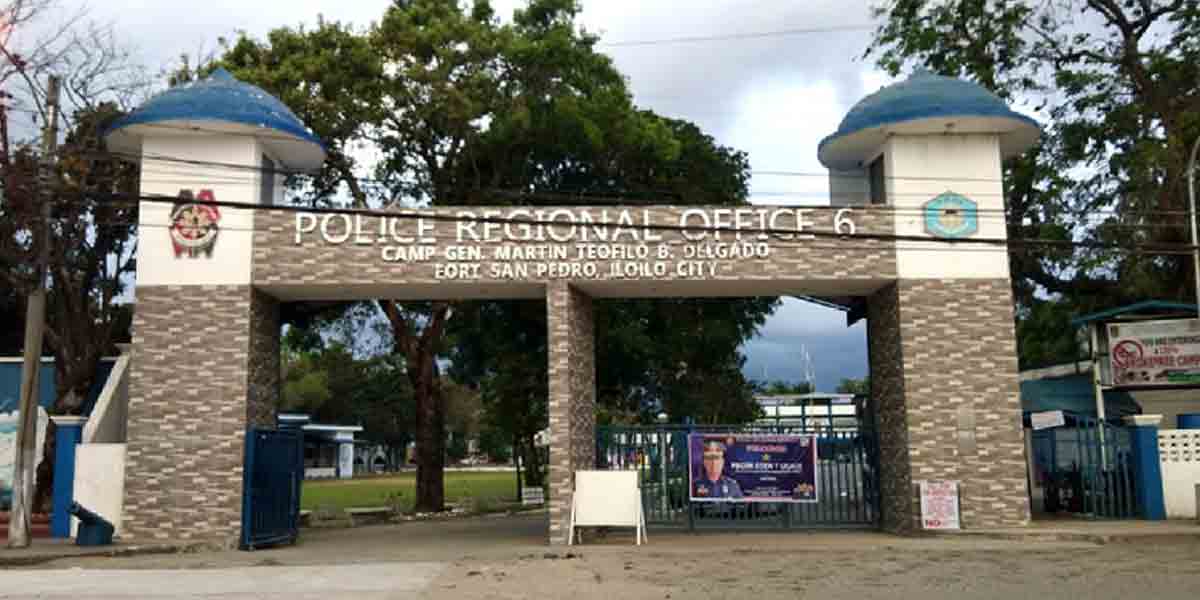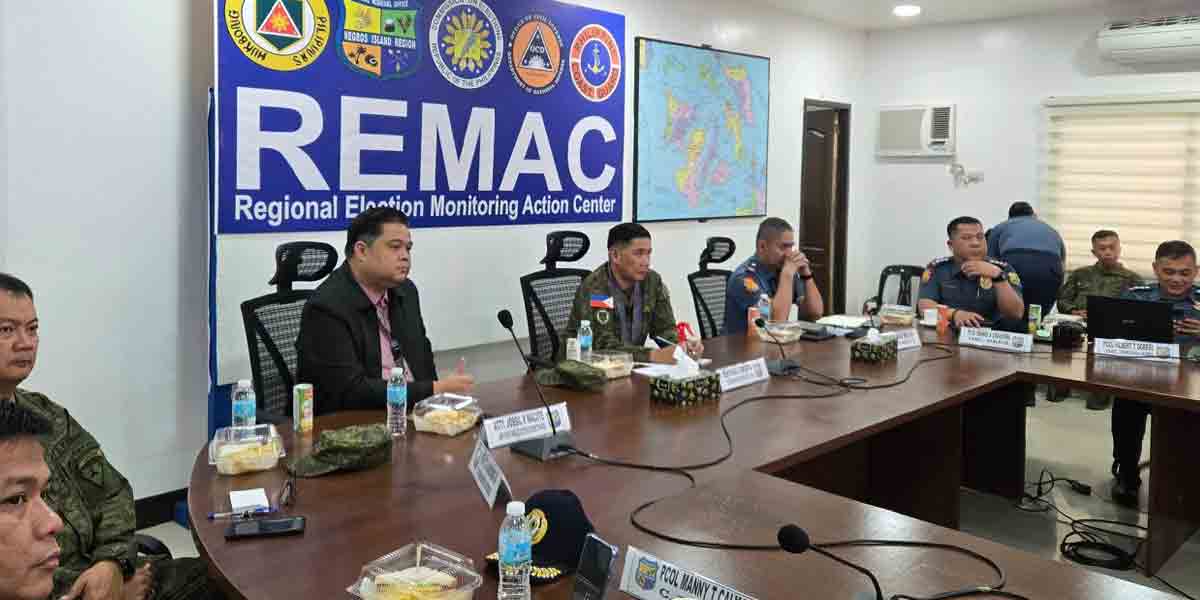By Atty. James Jimenez
161 days before the 12 May 2024 National and Local Elections, the Commission on Elections’ (COMELEC’s) implementation calendar makes for some very compelling reading.
Thus far, they have completed four items on their list of things-to-do before next year’s polls: the conduct of the End-to-End test of the automated election system (AES), which was completed on October 29, 2024; the Field Test of the AES, which was done on November 16, 2024, the printing and verification of 1.2 million ballots for use in the ACM roadshow, November 2, 2024; and the delivery of automated counting machines (ACMs), peripherals, and consumables, November 27, 2024.
Particularly noteworthy was the successful conduct of the field test, which allowed the COMELEC to evaluate the performance of the ACMs and its peripherals, as well as Counting and Canvassing System (CCS) and the Overseas Voting Canvassing System (OVCS), performing under real-world conditions. The test verified the functionality of the transmission system, going a long way towards ensuring the seamless integration of all systems for use in the 2025 NLE.
Interestingly, however, COMELEC will apparently no longer be providing digital signatures for members of the Election Board, as it has stricken “Application for Digital Signatures of EB” from its implementation calendar.
The surviving items on that list are scheduled to be completed from December 2024, all the way to the very end of February 2025.
Scheduled to be completed next month, December 2024, are the conduct of the Hardware and Acceptance Testing (HAT) of the ACMs and its peripherals, as well as the printing of the test ballots that will be used in the training of Election Boards. Incidentally, the HAT is currently underway and, if you’re so inclined, you should be able to get a bird’s eye view of that process from the COMELEC’s livestream feed.
Roadshow
Also happening in December – kicking off today, actually – is the Nationwide ACM Roadshow. Ever since 2009, the COMELEC has regularly embarked on a nationwide public acceptance campaign for the use of automated counting machines – we called them Precinct Count Optical Scanning (PCOS) machines back then – centering around actual in-person demonstrations of the counting machines. The thinking goes that the public will be more likely to accept the use of counting machines if they are familiar with them, and therefore, more comfortable trusting in them. And since 2010, this thinking has been borne out, leading to the continuation of the program.
This year, the roadshow will take place in 18 Regions, comprising 82 Provinces, 149 Cities and 1,493 Municipalities, made up of 42,011 Barangays. One (1) ACM will be deployed for each region, city,
and municipality, during the 2 month implementation window of the roadshow – from December, 2024 to January 30, 2025.
Apart from the Roadshow, also slated to be completed in January are the Source Code Review by the international certification entity – most recently revealed by COMELEC to be Pro V&V – and the completion of the Local Source Code Review (LSCR). Like the HAT, the LSCR is also currently being livestreamed by the COMELEC on a regular basis.
While we do not know the status of Pro V&V’s review, what we do know about the LSCR is that they have completed the guided review portion of the program – where representatives of the vendor basically walk them through the source code, and have now entered into the unguided review portion where the reviewers are free to poke around the source code on their own, largely unsupervised, to satisfy themselves as to the integrity of the code.
In the pipeline
In the pipeline, COMELEC is looking to conduct several transmission tests beginning December 9, 2024: a stress test, a high availability test, and a failover test. All these tests are designed to see how the transmission system performs under the high-stakes environment of the actual elections.
Also scheduled to be completed by December 2024 are the trusted build, and the mock elections. The trusted build is, to simplify it drastically, is the assembling of the various components of the automated election system which have undergone source code review, into one coherent and functioning AES which is then able to generate a specific hashcode. The trusted AES build, identifiable by its unique hashcode, is the version that is ultimately loaded into every single ACM that will be used on election day. The hashcode, it should be noted, is the means to verify that a particular ACM is running off of the trusted build and not some pirated or ‘doctored’ version of the software.
Mock elections will follow immediately after. The hardware used by the AES will then be subjected to a battery of tests by the international certification entity, which will be completed by February 2025.
The printing of official ballots will commence in January 2025 with the earliest deployment projected to take place early in March 2025, running through all of April.




















